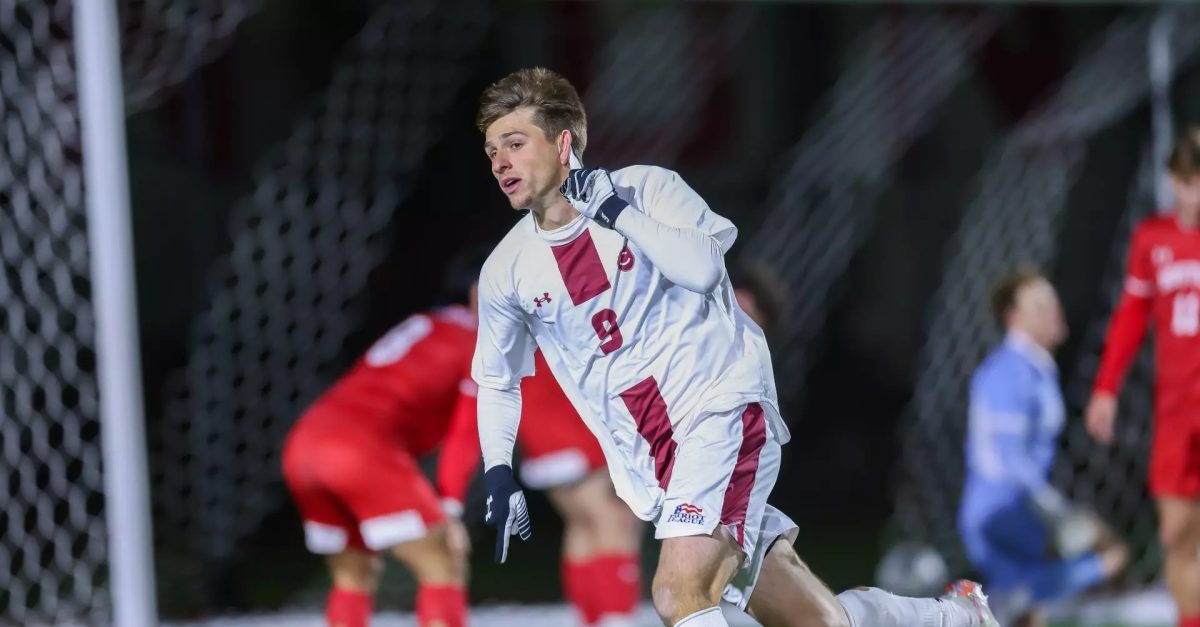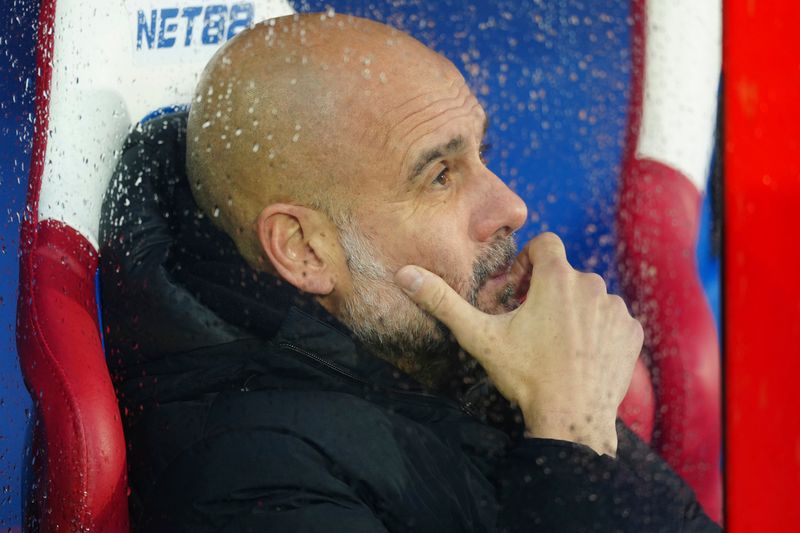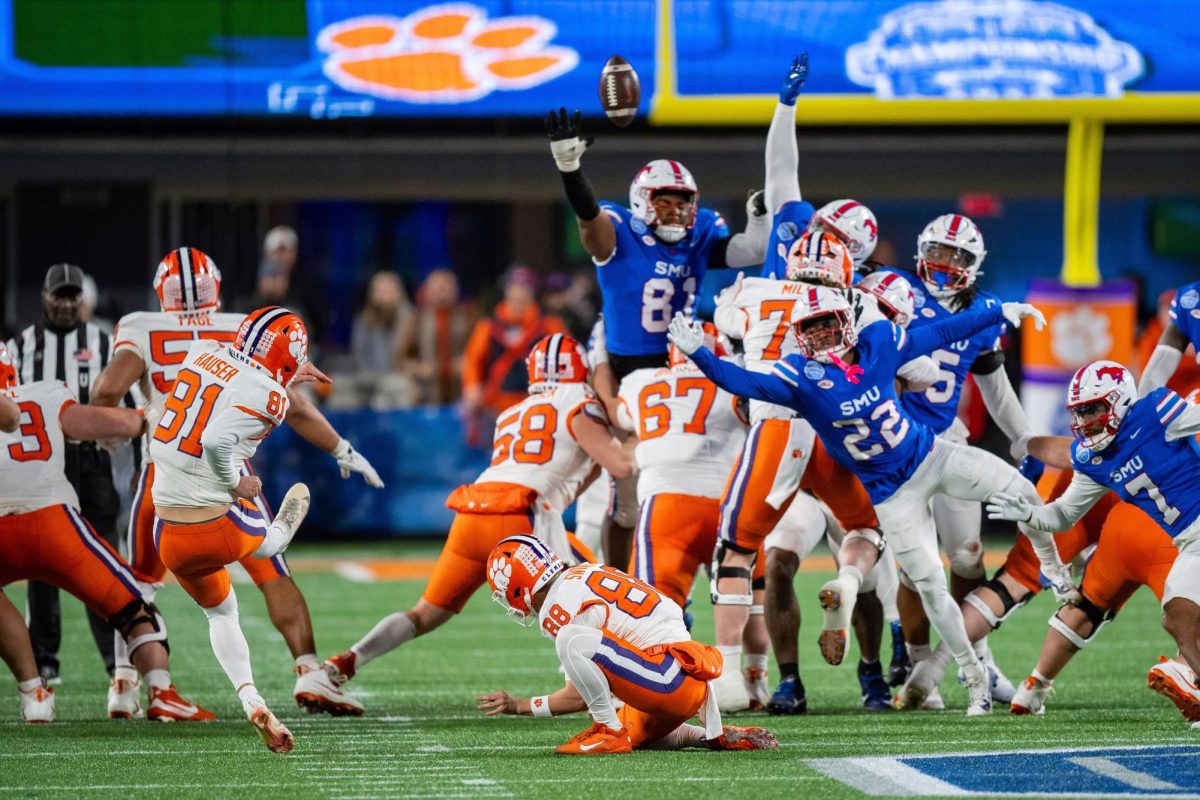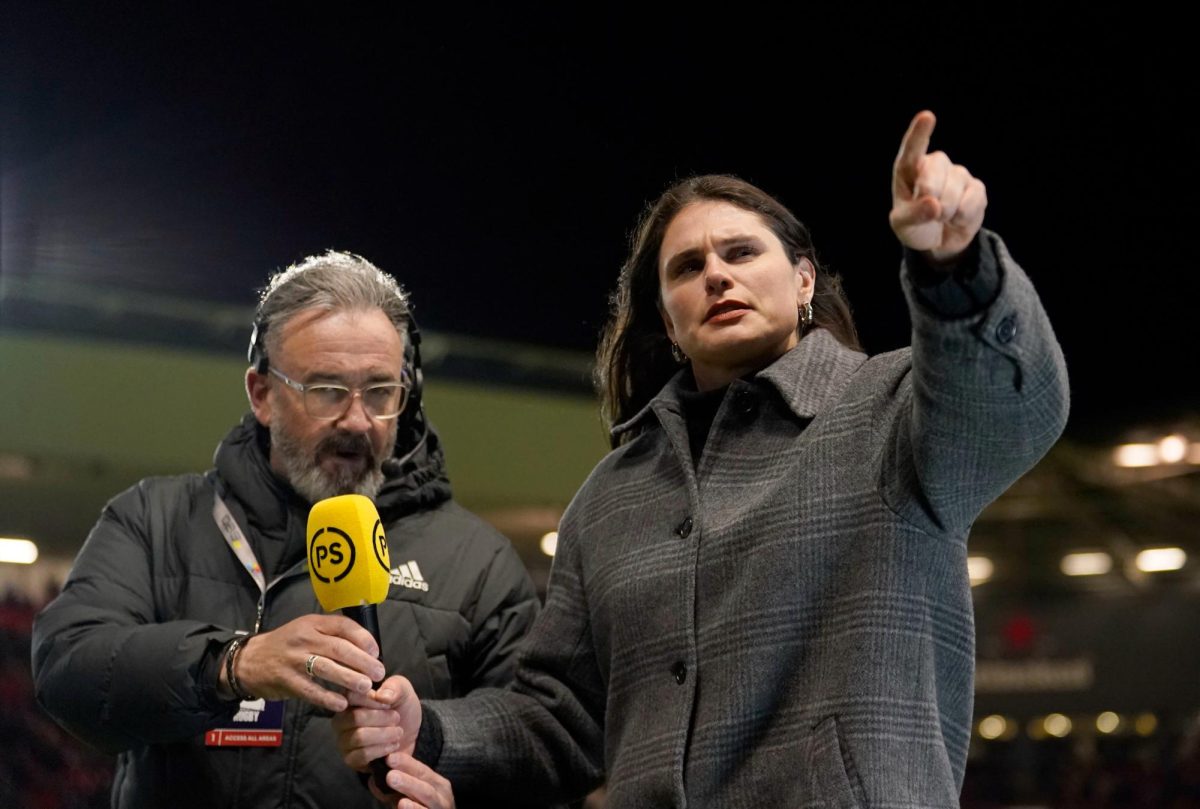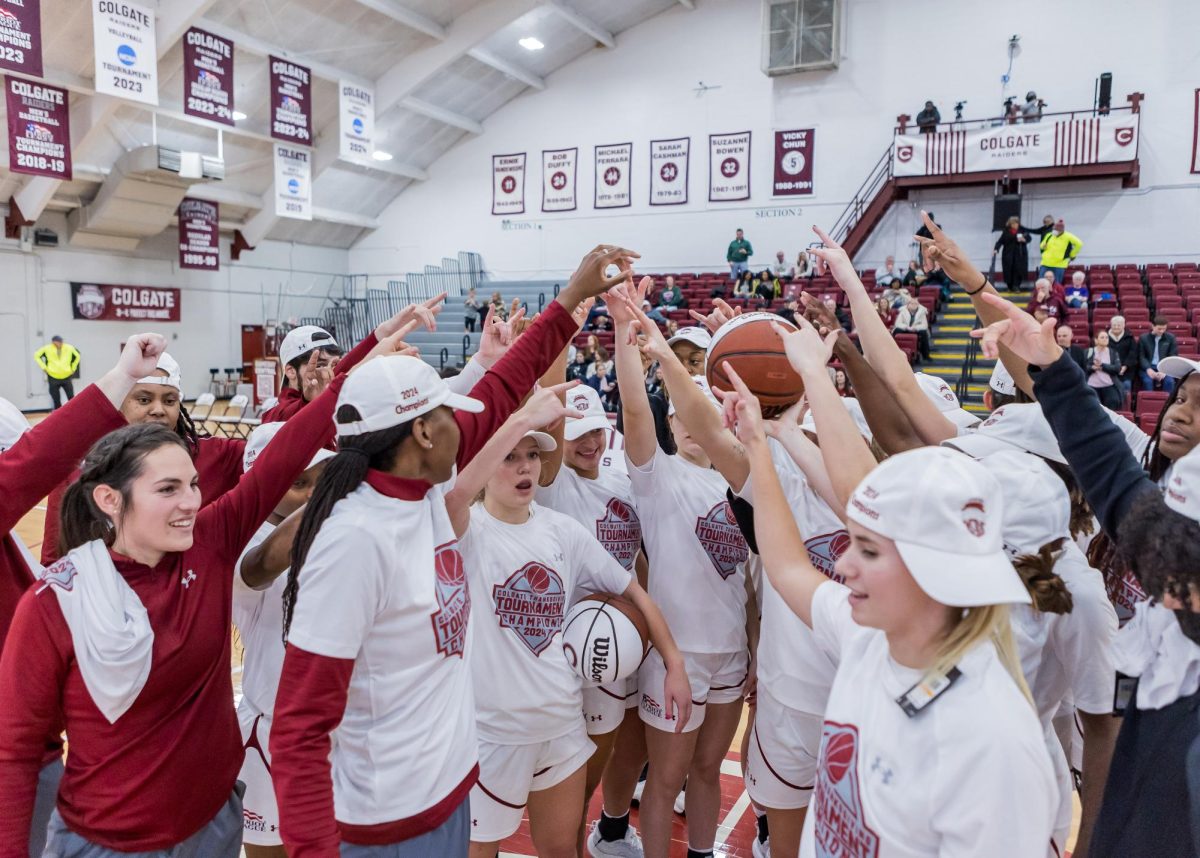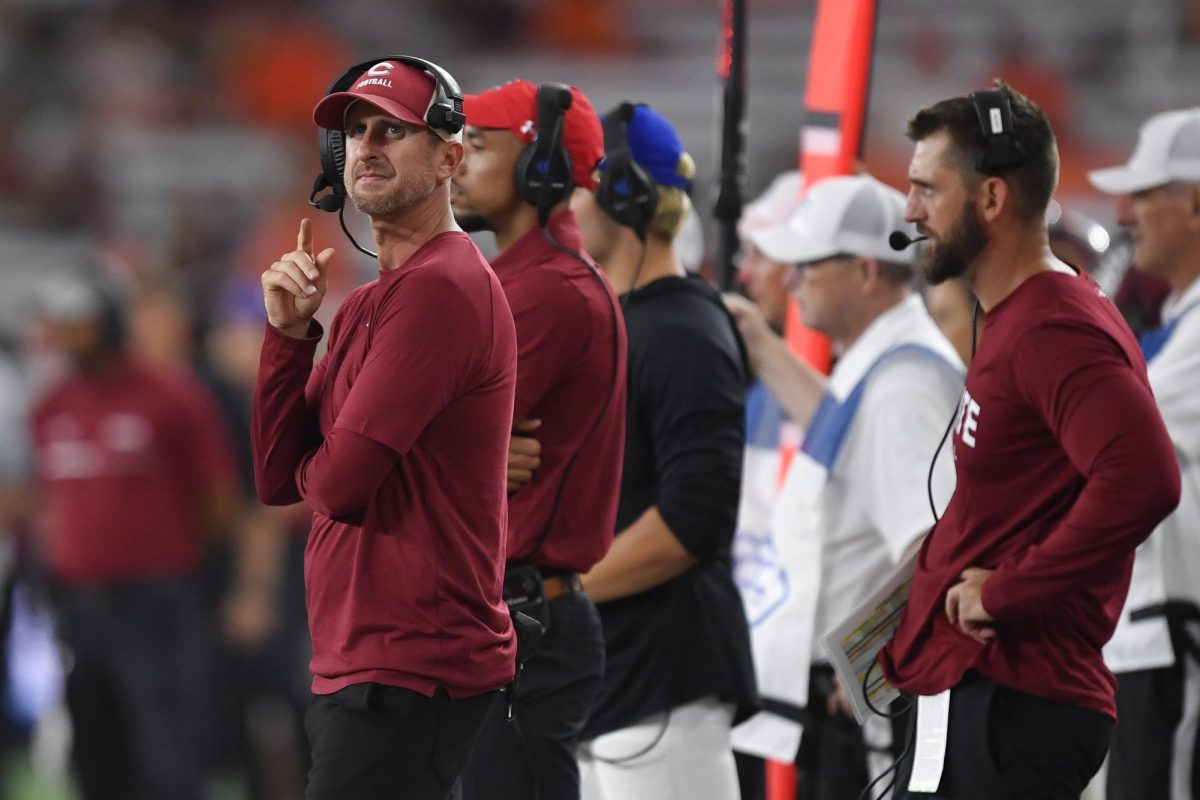High school sports are more competitive and watched than ever. Have schools and high-profile student-athletes changed their outlook on how high school athletics should function? The “prep school effect” may have much to do with it.
Prep schools, as they are more commonly known, are private institutions that provide specialized education to prepare students-athletes for higher education and future careers. In the United States, prep schools are institutions with selective admission criteria and increasingly high tuition fees, predominantly aimed towards high school students — and, increasingly, student-athletes. Whether a student wants another year-plus to develop and earn a college athletic scholarship or a chance to increase their SAT/ACT scores, prep schools have grown increasingly popular.
Since prep schools are private, many have the opportunity to recruit young athletes and offer scholarships. High-profile prep schools like IMG Academy have made names for themselves through elite athletic programs, especially in higher-revenue sports, and investors continue to help financially grow their programs to greater feats. Schools like IMG give scholarships to their four and five-star players, enticing more and more students to leave public and neighborhood high schools for high-profile athletic high school programs.
Instead of thriving in their local hometowns, star athletes are now being sent to high school powerhouses — a significant change with differing consequences. Attending schools with high-profile athletics allows student-athletes to gain access to elite training and coaching while playing with and against top talent from around the country in prominent tournaments. In most cases, prep school teams have more overall talent and depth compared to the local high school teams that the student-athletes originally come from. Players are challenged more regularly in practice and during open gym runs, allowing them to get better at playing against better players.
Additionally, attending a top prep school tends to increase a student-athlete’s visibility around college coaches and give them more opportunities to showcase their skills, as many coaches will be more inclined to visit and scout notable games and matchups. Tournaments like the Chipotle High School Basketball Nationals Tournament, founded in 2009, allows highly ranked prep schools to play for a national championship on national television for the world to see. Through these inter-state invitationals and championships, players can receive more recognition from universities and media while facing the top talent around the country, something that was not always possible before the expansion of national prep tournaments.
Another reason high school athletes have started to become more interested in athletic prep schools is that it is a coach’s responsibility to place the students they coach at colleges and universities that are a right fit. While this is predominantly optional for high school or Amateur Athletic Union coaches, prep school coaches must follow through on finding good matches for student-athletes. College enrollment is one of the main reasons students and families choose to attend a prep school for athletics.
While prep schools have provided countless opportunities for athletes to achieve their dreams of playing in college, neighborhood high schools that adhere to state guidelines surrounding athletics have seen many top players leave, lowering the depth of competition in each state. But has that changed the overall environment of high school sports? Historical rivalries and state championship hopes still fiercely remain, and even without many top-level players competing for state and conference championships, high school sports participation has increased, especially in the 2023-2024 school year, by 210,469 students.
Hotly contested battles and strong competition remain in high school athletics at all levels, and high schools have continued to thrive despite the expansion of national competitions and prep schools that cater directly to high school athletes.





